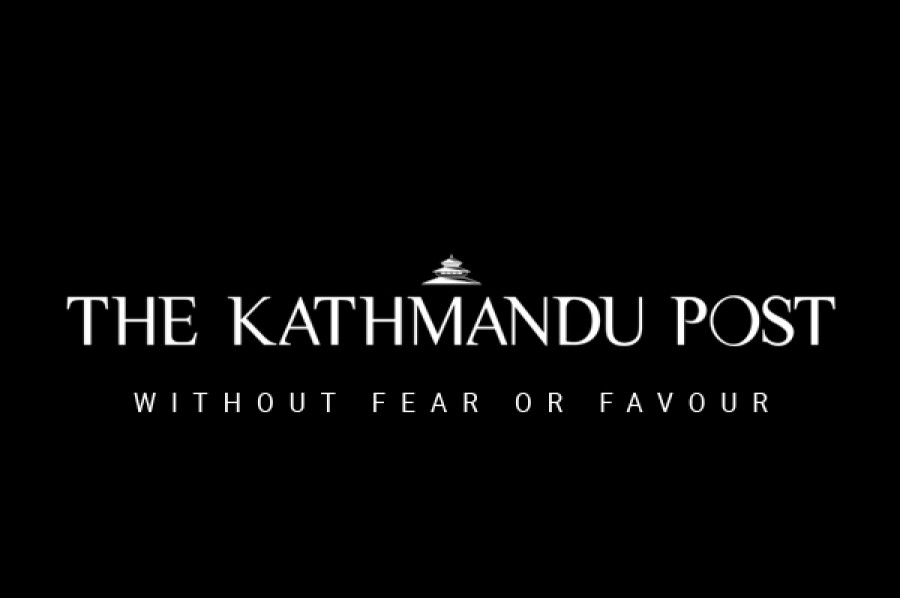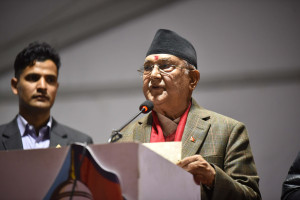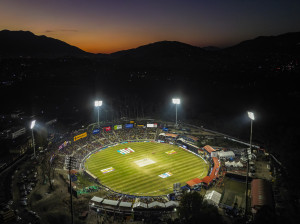Editorial
The government’s plans for tourism promotion are frivolous and aimless
It would be better for Nepal’s tourism industry to employ proven strategies.
It seems like the government is hell-bent on spending money on controversial schemes in an attempt to, apparently, promote tourism. The public outcry over the government’s plans to pay the International Indian Film Academy (IIFA) about Rs450 million to host their 2019 awards in Kathmandu was swiftly followed by the government’s announcement of a plan to spend Rs200-300 million to host an international media summit in October or November this year. Adding to the confusion, reports now suggest that the House International Relations and Human Rights Committee has asked the government to cancel its plans to host the IIFA award.
The criticism the government has faced is not because it has started to seriously think about tourism promotion, which is ultimately an important and laudable aim. The issue here is that the government plans to spend over Rs1 billion—it is also planning to foot the logistics, travel and lodging bills for attendees of both events—in these schemes at a time when it has seriously underfunded key sectors such as education and healthcare. The House committee’s calls for the government to cancel the hosting of the 2019 IIFA awards in Kathmandu is also wrong. It was not the hosting of this award that was the issue, but the government paying for it. Moreover, the government could have come up with better ideas by studying successful tourism promotion strategies adopted by other countries and employed them here, instead of wasting money on plans that may not pay out.
The recent controversy began when it was revealed that the Cabinet had approved of plans for the government, Kathmandu Metropolitan City and the Nepal Tourism Board to co-sponsor the 2019 IIFA awards in Kathmandu. While hosting an international awards show in Nepal would seem like a great publicity vehicle, Nepali filmmakers, lawmakers across the board and the larger public were peeved by the fact that the government had agreed to pay the organisers of the awards to bring it to Kathmandu. The organisers have said that the event holds ‘lasting economic benefits’ and has an annual PR valuation of $150-200 million.
However, past examples have not been promising. Sri Lanka in 2010 had paid the IIFA organisers nearly Rs68 million, which has barely provided any long-term benefits, failed to deliver on the star power publicity promised, and was controversial from the get-go. Also, even if the entertainment industry could be leveraged to provide publicity for Nepal, attracting international movie shootings—like Dev Anand’s Hare Rama Hare Krishna or Marvel’s recent Doctor Strange—by providing incentives and support is a better move over paying money to host an award show. New Zealand’s tourism industry, for example, gained a 50 percent increase in tourist arrivals after the release of the Lord of the Rings, with the movie franchise showcasing the beauty of that country.
The same budget that is being used for the IIFA awards, allegedly $4 million excluding logistical, lodging and travel support, could also be used to produce and display advertisements all over the world. Malaysia, for instance, has gained global recognition and seen tourist numbers greatly increase since the launch of its ‘Malaysia: Truly Asia’ advert campaign in 1998. Moreover, the government’s plan to host an international media summit here is also problematic. Though details are sparse, the money used to bring in foreign media could be used more effectively to create social media campaigns and to pay influencers to visit and to promote Nepal. Japan and Peru in recent years have had great success in expanding tourism using curated Instagram accounts to promote beautiful locations, and by paying influencers to advertise their visits. Moreover, the promise of hotel rooms and special travel allocations for people from the Bollywood industry and from the international media en masse for the time period of the events may hamper service delivery for paying tourists.
For Nepal, Rs1 billion can go a long way, especially in important underfunded sectors such as education. Even for the all-important goal of promoting tourism for Visit Nepal 2020, the government can surely do better with the money by applying proven strategies, instead of creating photo opportunities with Bollywood stars for our leaders.




 20.12°C Kathmandu
20.12°C Kathmandu














